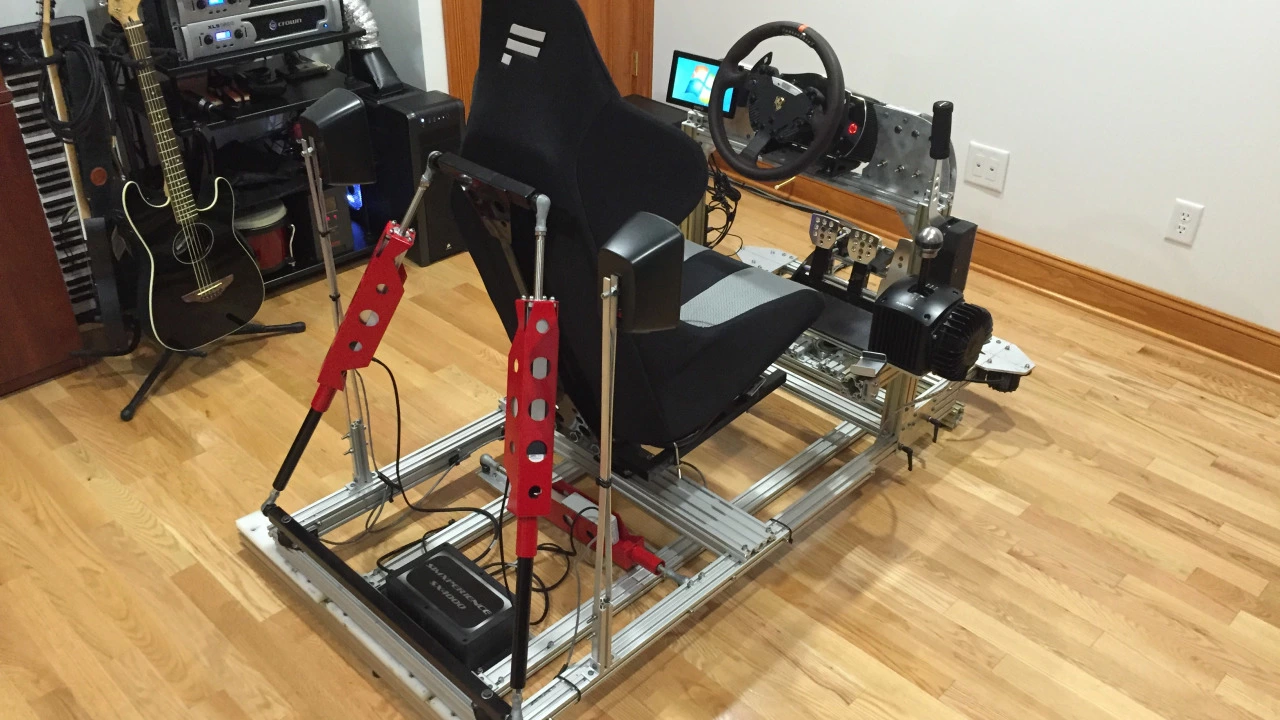Gaming and Technology: Your Hub for Speed‑Driven Fun
Welcome to the spot where gaming meets high‑octane tech. If you love the rush of a race and the thrill of a new gadget, you’ve landed in the right place. Here we break down the coolest gear, the latest apps, and DIY projects that put the driver’s seat right in your living room.
Why DIY Racing Simulators Matter
Building a racing simulator isn’t just a hobby; it’s a way to feel every turn without leaving your house. A homemade rig gives you control over the seat, wheel, and pedals, so you can match the feel of a real car. It also saves cash – a DIY setup can cost a fraction of a commercial box while still delivering realistic force feedback.
Plus, the project teaches you a handful of tech skills. You’ll tinker with wiring, calibrate software, and maybe even 3D‑print custom parts. The sense of pride when you take a lap and hear the engine roar from your own creation is priceless.
Getting Started: Tools and Steps
First, list the basics: a sturdy frame, a force‑feedback wheel, pedals, and a seat. You can repurpose a sturdy desk or build a metal frame with basic tools. For the wheel, entry‑level models from brands like Logitech work fine, while more serious racers might opt for a Thrustmaster or Fanatec unit.
Next, gather the electronics. You’ll need a power strip, USB cables, and possibly an Arduino if you want custom button panels. Mount the wheel on the frame using bolts – make sure it’s tight, or you’ll feel the shake later.
The seat is the trickiest part. A racing chair provides the right angle, but a good office chair with a backrest can do the job. Secure it to the frame with brackets or heavy‑duty straps. Once everything is bolted together, plug in the wheel, pedals, and PC.
Finally, install the simulation software. Options like iRacing, Assetto Corsa, or rFactor 2 give you realistic physics and track selections. Calibrate the wheel force feedback, set your pedal sensitivity, and you’re ready for a test lap.
Don’t forget the small touches – a monitor mount, a motion platform, or even a steering wheel cover can boost immersion. And if you’re feeling adventurous, add a surround‑sound speaker system or a vibration mat for that extra kick.
Beyond simulators, the Gaming and Technology category covers everything from the newest VR headsets to high‑performance gaming PCs. We dig into reviews, compare specs, and share tips on keeping your rig cool and quiet. Whether you’re a casual gamer or a hardcore racer, you’ll find advice that helps you get more out of your gear.
Got a project you’re proud of? Share it in the comments or drop a photo. The community loves seeing how people blend tech and motorsport passion. Stick around for upcoming tutorials, product round‑ups, and live streaming events where we test the latest gear on the track.
Ready to start building? Grab a wheel, a bolt cutter, and a can‑do attitude. In a few weekends you’ll have a home racing cockpit that rivals a professional setup. And when you fire up the game, remember: every turn you master brings you one step closer to the real thing on the circuit.
Looking ahead, expect haptic gloves that let you feel every bump, AI drivers that adapt to your style, and cloud‑based simulators you can stream to any device. Keeping an eye on these trends means your home cockpit will stay ahead of the curve and keep the racing vibe fresh.
